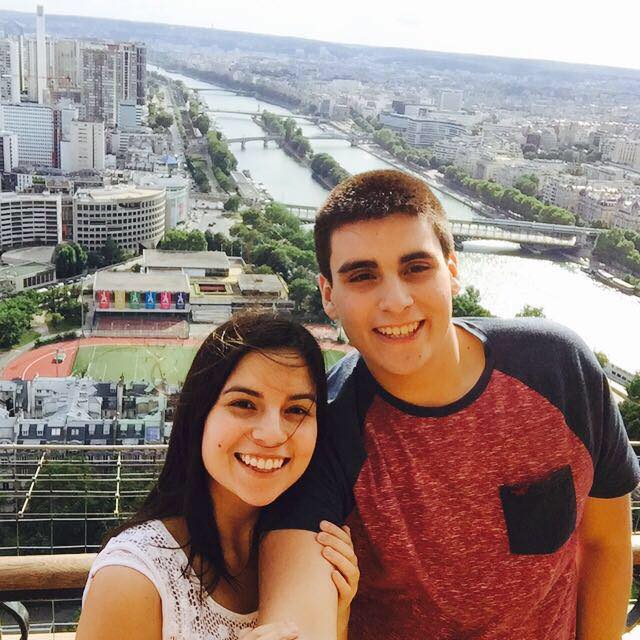

This week was all about licensing our work and thinking about its disemination. As part of the assignment, we had to review two types of licenses adn choose which one's right for us. As I've stated before, I'm a self-proclaimed "Coffee Enthusiast", and together with my best friend Alejandro, we were thinking about going into the coffe business. That's why we thought that if my project worked, it might be a valuable asset for us. This however does not mean I want to keep the information secret, because I do like the idea of collaboration within the rest of the network. So, these are the licenses I've been thinking of:
The most obvious choice is a utility patent, because it allows me to profit from my invention while preventing others from exploiting it. Another benefit is that it allows for the information to be shared with the rest of the world. One of the requirements for filing a patent is that all the relevant information must be disclosed and published in the document. But does my project fit the requirements to be a patent?
There are still however a few problems with this type of licensing. First, will presenting my invention as a final project, affect its novelty? Second, will my patent protect the invention everywhere?. Here's the answer to the questions:
First: Normally, yes. The invention should not be disclosed until the patent is filed. HOWEVER, here in Peru, the INDECOPI (National Institute in Defense of the Competition, Customer and Intelectual Property) disregards any disemination done by the inventor IF it was done within a year before the patent was filed. This means that, since my final presentation is due June 18 2018, I can file a patent until June 18 2019.
Second: Technically, no. If I file my patent here in Peru, the invention wil be protected only in Peru. Sad ain't it? Luckily, there are two options for me:
The problem with the utility patent is that it won't protect my code, my designs or any circuits, which are a main part of the invention. This led me to option number two.
This option will alow me to be recognised for the desing of the tower, the circuits I made and the code I created in order for my tower to work properly. However, within creative commons there's a wide range of possibilities, so I'll try to select the best one for me depending on whether or not I want other people to be able to modify my work, and whether or not they can use it for comercial purposes.
This means the license I've chosen is the "Attribution-Non-Commercial-ShareAlike 4.0 International License".
Finally, as for the dissemination, this will come from the business I'm planning on implementing. If the tower works properly, I want to improve it and include it in the business. Once the business grows, I'll use the towers as part of the coffee-making process of the business and promote the proliferation of self-made machines for food and beverage industries. Hopefully.